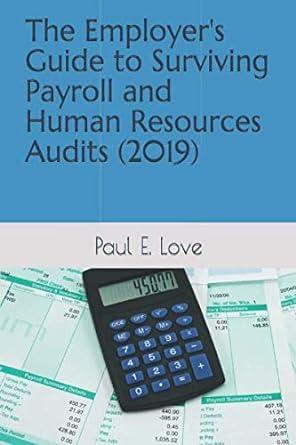Question
Assume that a rural area in Montana has a town in which the demand for water service is represented by the equation , P =
Assume that a rural area in Montana has a town in which the demand for water service is represented by the equation, P = -0.1Q +50. The water company's marginal cost is $1, while the total cost of producing and delivering water service to the residents is, C = Q + 500. For both equations, price is expressed in dollars and quantity in "units". The regulatory commission overseeing this natural monopoly instructs the water company on what price it can charge.
a) Currently, the regulators want to make sure there is no deadweight loss in this market. What price will they require the water firm to charge its customers? How much water service will be produced at this regulated price? Calculate the consumer surplus and water company profit at this regulated price. Finally, comment on the obvious tradeoff of this regulatory strategy.
b) Suppose that the members of the regulatory commission have changed and they now want to make sure that the water company does not lose money. They plan to propose a per-unit price of $2.04. Calculate the output at this price, as well as the consumer surplus and profit. Comment on the tradeoffs of this proposed regulation (e.g. who benefits and who is burdened).
Step by Step Solution
There are 3 Steps involved in it
Step: 1

Get Instant Access to Expert-Tailored Solutions
See step-by-step solutions with expert insights and AI powered tools for academic success
Step: 2

Step: 3

Ace Your Homework with AI
Get the answers you need in no time with our AI-driven, step-by-step assistance
Get Started


